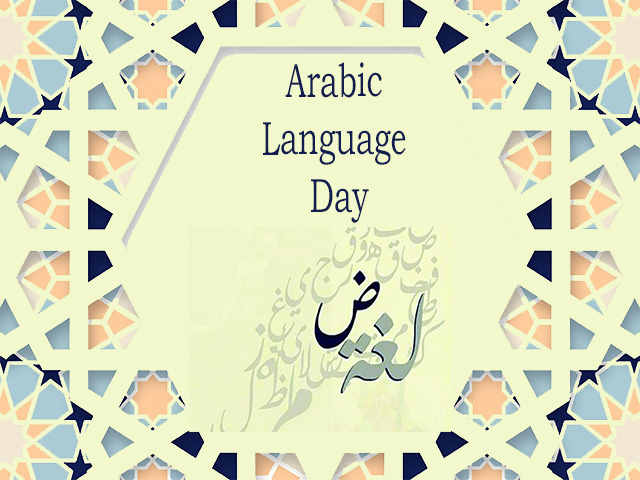10 facts about Arabic on the Arabic Language Day 2021

On the occasion of World Arabic Language Day (December 18, 2021), Dubai Future Foundation (DFF) launched an online glossary of future Arabic scientific and technical terms.
World Arabic Language Day 2021: Saturday, December 18 annually marks World Arabic Language Day which celebrates the language and the fact that the General Assembly of the United Nations adopted Arabic as the sixth official language of the Organization in 1973.
According to UNESCO, the Arabic language is a bridge between civilizations and this year’s celebration reaffirms the crucial role of the Arabic language in connecting people through culture, science, literature and other domains.
Here are 10 facts about the Arabic Language:
- How old is it?
There's no agreement on how old the language is, some records refer that it goes back to the second the fourth century BCE.
- Oldest Arabic inscription?
The oldest Arabic inscription dates to 470 CE and it was discovered in 2014 in Najran in Saudi Arabia.
- Language similar to Arabic?
Arabic is related to Hebrew and Amharic. While there are no records of the original language, there are enough similarities between languages such as Arabic and Hebrew to make it clear that their origin is the same.
- Arabic dialects?
There are at least 30 Arabic dialects depending on the geographical location.
- Maltese?
There's a European language closely related to Arabic, which is Maltese, the national language of Malta.
The country’s 450,000 natives speak a language that has its roots in Arabic. Arabic was once also spoken as far east as Central Asia.
- Arabic loanwords?
Alcohol, arsenal, algebra, coffee, gauze, mascarade and safari are just a selection of words used in everyday English that have their roots in Arabic.
Safari for example comes from the Arabic for "journey" or safar, while Arsenal comes from the Arabic dar al-sina' or "house of production".
7.Dubai’s 2021 online glossary of future Arabic scientific terms?
Dubai: On the occasion of World Arabic Language Day (December 18, 2021), Dubai Future Foundation (DFF) launched an online glossary of future Arabic scientific and technical terms.
Containing 500 terms in Arabic and English, arranged according to categories, the open-source dictionary is available online and enables the public to edit it and add new terms. The glossary aims to support researchers and translators in creating and publishing Arabic scientific and technical content and prepare them to deal with future knowledge and innovations.
8.Did Arabic play a role in the European Renaissance?
Arabic has played a catalytic role in knowledge, promoting the dissemination of Greek and Roman sciences and philosophies to Renaissance Europe. It has enabled a dialogue of cultures along the silk roads, from the coast of India to the Horn of Africa.
9-Artificial intelligence, chat bots and Arabic language learning Apps?
Several apps and technologies have come to surface to serve the Arabic language speakers. While it is true that machine learning has the potential to learn and decipher vast data on its own, it cannot always fully comprehend how different people phrase their queries or structure their sentences, therefore companies might lose potential customers. In the Arab world, chatbots face additional challenges as they often don’t take into account the nuances of the different dialects of Arabic used across the region.
Dubai-based WideBot's Chatbot Technology for example has come up with a chatbot that incorporates the different dialects used in formal and informal Arabic, and it also claims to pick up on intangible linguistic factors such as sentiment and tone.
10-Arabic and capital letters?
Arabic has no capital letters. With sounds that do not exist in other languages and with a large glossary we can say that maybe it is the only language that has more than 10 synonyms for the word love, where each describes a certain level and intensity.

